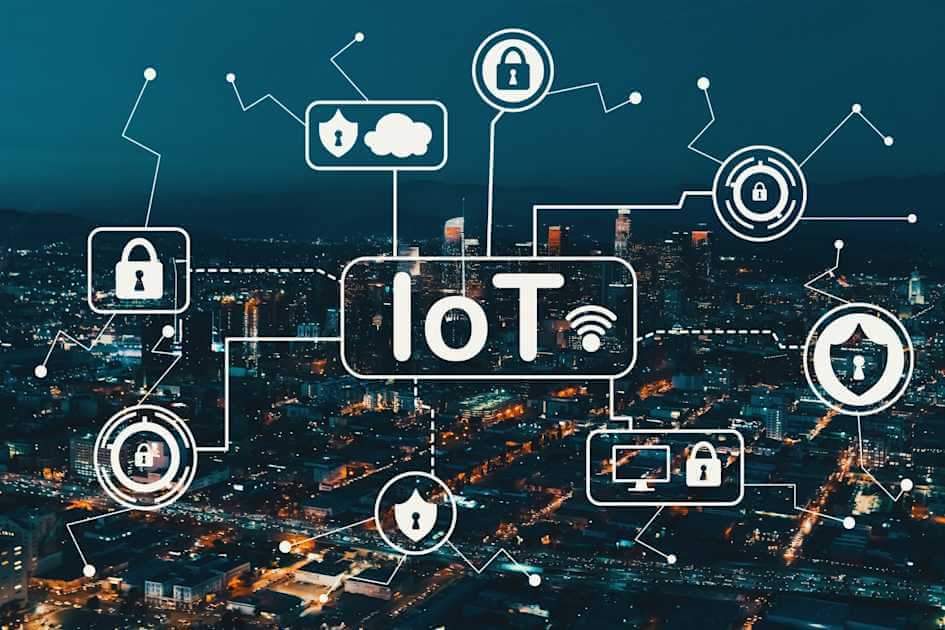The Internet of Things (IoT) is rapidly expanding its reach, embedding itself deeper into the operational frameworks of both businesses and public sector entities. Fueled by advancements in AI, 5G, and edge computing, IoT adoption is not just a trend but a fundamental shift in how these sectors function, innovate, and serve their constituents. The global IoT market is projected to reach $629.5 billion by 2025, reflecting a compound annual growth rate (CAGR) of 17.5%. Despite experiencing slower-than-expected growth in 2024 due to factors like supply chain disruptions and economic uncertainties, the momentum remains strong. By 2025, the global IoT market is expected to reach $991 billion by 2028.
In the business world, IoT is revolutionizing operations across various industries. The Industrial IoT (IIoT) is central to manufacturing and logistics, driving automation, reducing costs, and improving safety. By 2025, IIoT is expected to account for a significant portion of IoT market growth, with industries adopting connected sensors and AI-driven analytics to optimize production lines and supply chains. Real-time monitoring of equipment health and performance through IoT sensors enables early detection of potential issues, minimizing downtime and enhancing productivity. Businesses are leveraging IoT to automate routine tasks, monitor operations in real-time, and streamline processes. For instance, IoT sensors in manufacturing can monitor equipment performance, enabling predictive maintenance and reducing downtime, leading to increased productivity and cost savings.
Several emerging technologies are further transforming business operations. Edge computing, which processes data closer to the source, reduces latency and enhances real-time decision-making capabilities. AI integration with IoT enables predictive analytics, automation, and intelligent decision-making. The rollout of 5G networks provides faster and more reliable connections, supporting a higher density of IoT devices and applications. To capitalize on IoT integration trends, businesses are investing in scalable infrastructure, prioritizing cybersecurity, fostering a culture of innovation, and collaborating with industry partners.
The public sector is also experiencing a significant increase in IoT adoption. Smart cities are expanding their IoT networks to enhance energy efficiency, reduce traffic congestion, and improve public safety. IoT devices are being used in public infrastructure for real-time monitoring, remote management, and smart automation. From smart traffic systems to access control in public buildings and environmental sensors in social housing, IoT is enabling unprecedented control and data insights.
However, this technological leap also presents challenges. The rapid adoption of IoT devices across public infrastructure has opened new gateways for cybercriminals, with each connected device representing a potential vulnerability. The scale of cyber threats facing IoT devices is alarming. Public sector leaders are addressing these risks by implementing robust security measures, such as network isolation, simplified management, and enhanced security through private IP addresses and enterprise-grade firewalls. Regulatory compliance is also a critical theme in IoT, with legislation aimed at ensuring IoT device security expanding significantly. For example, the US IoT Cybersecurity Improvement Act of 2020 requires minimum security standards for devices used by federal agencies.
Looking ahead, the integration of AI with IoT, known as AIoT, is expected to drive further innovation and growth. AIoT is rapidly transforming various sectors, driven by advancements in edge computing and the deployment of 5G networks. These technologies enable devices to process data locally, reducing latency and facilitating real-time decision-making, which is crucial for applications like autonomous vehicles and industrial automation. The AIoT market is experiencing significant growth and is projected to expand from $18.37 billion in 2024 to $79.13 billion by 2030, reflecting a CAGR of 27.6%.
In conclusion, IoT adoption is growing rapidly in both the business and public sectors, driven by advancements in technology and the increasing need for efficiency, automation, and data-driven decision-making. While challenges such as cybersecurity and regulatory compliance must be addressed, the benefits of IoT are clear, and its continued adoption is poised to transform industries and improve the lives of citizens around the world.




















